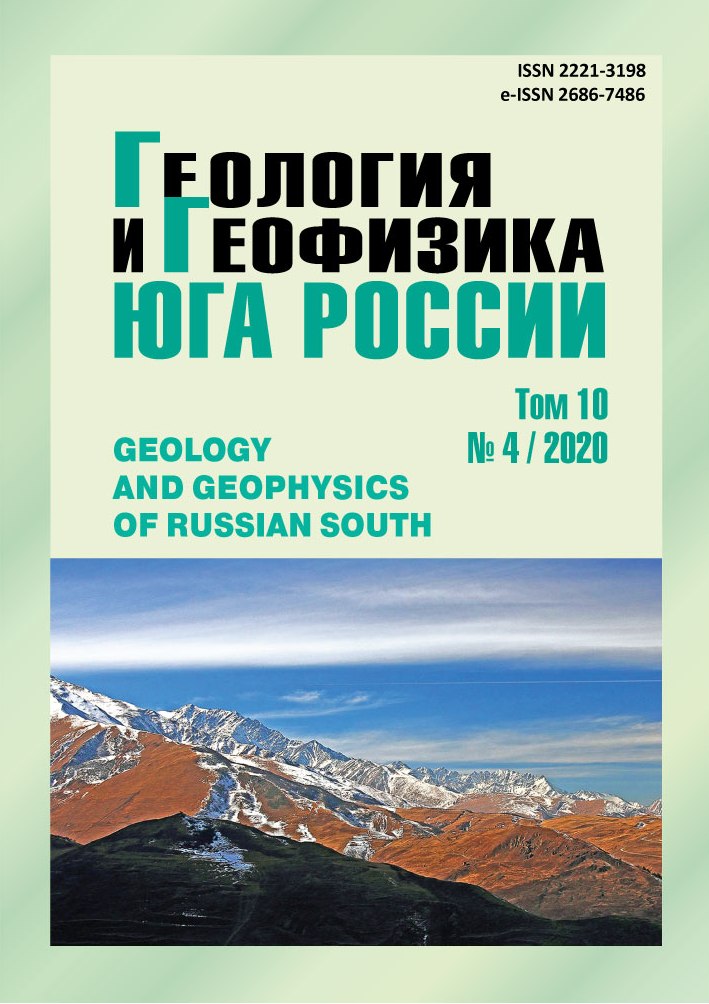Geodynamics and geothermics of Pre-Caspian Depression and eastern segment of Caucasus region
Abstract
The relevance of the work is determined by the importance of assessing and predicting the oil and gas potential of deep sedimentary basins, in particular, deep horizons of structures that are not always accessible to deep drilling for prospecting and exploration purposes. The aim and research methods. Along with applied questions, the aim of the study is the fundamental questions of the theoretical geodynamics of the formation and evolution of sedimentary basins in connection with the rise of mantle diapirs based on the methods of mechanical and mathematical modeling. Pre-Caspian Depression and eastern segment of Caucasus region, including Caspian Sea, can be considered as regions of area of eastern part of Alpine belt, which is western part of Alpine-Himalayan belt disposed from Mediterranean sea to Pacific Ocean. Caspian sea crosses from North to South the series of structural zones of East European platform, Scythian-Turan platform and Alpine-Himalayan belt. Pre-Caspian Depression and South Caspian Depression are deep sedimentary basins with thickness of sedimentary cover more than 20 km which have high oil-gas potential and big industrial importance. Formation and evolution of sedimentary basin is the clue for oil-gas generation zones of sedimentary cover, that makes the problem of sedimentary basins geodynamics of great importance one. Geodynamics of relief is defined by deep mantle movements. Mechanical-mathematical model of the lithosphere dynamics gives possibility to link the basin parameters with mantle diaper upwelling. Analysis of geophysical fields gives opportunity to evaluate the asthenosphere upwelling, and elaborated self-conjugated thermo-gravimetric model makes this evaluation reliable and trustworthy one. Geodynamics and evolution history of geological structures determine magmatism, volcanism, seismicity, geothermics, geothermal manifestations, oil-gas potential, natural hazards of region, that is basement for monitoring system creation and construction on fundamental scientific base, forecast and prognosis of natural catastrophes and oil-gas potential researches. The result of this work is a quantitative assessment of the rise of the asthenosphere under the sedimentary basin using the example of the Pre-Caspian Depression.


